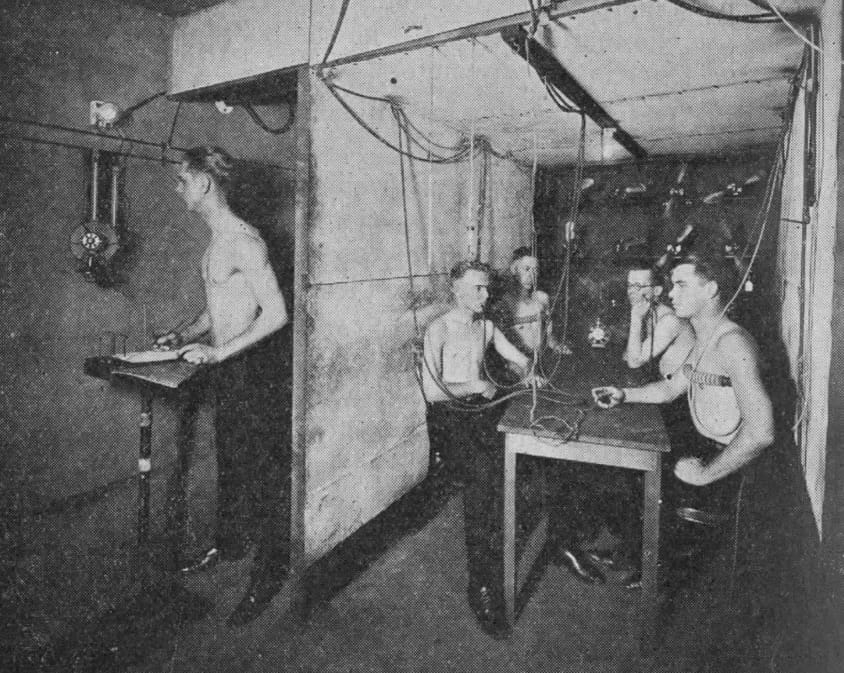You are cordially invited to attend the
Dissertation Proposal Defense of Eric Teitelbaum
Design with Comfort: Leveraging Heat and Mass Transfer to Spatiotemporally Resolve the Energy and Thermal Comfort Crisis in the Built Environment
To be held on
Friday, June 1, 2018
At 9:00 a.m. (US EST)
and 9:00 p.m. (Singapore)
Maeder Hall, room 103 Andlinger Center
Advances in material science and thermal engineering have produced systems capable of generating comfort from spontaneous thermodynamic phenomena, reducing reliance on high energy and exergy intensive processes. The successful adoption of this technology depends on activation through architectural design that leverages these phenomena. However, the integration potential of many new comfort methodologies from nanophotonic materials to enhanced evapo-radiative cooling with spatial and temporal programs remains inaccessible to designers from a lack of intuition regarding comfort engagement mechanisms, due to an overemphasis of the importance of air temperature. This set of projects aims to demonstrate several integration strategies between modern systems and metamaterials with architectural form. Such systems are only possible if gaps exposed by the evolution of thermal comfort models and independent comfort variables are made accessible and communicated to designers. Familiarity with these two pieces--comfort modalities and material-enhanced systems--are both essential for engaged design, and permeate my proposed Ph.D. research.
Specifically, I am proposing four related projects connecting comfort, design and materials science. First, a comfort tool under the "Expanded Psychrometrics'' framework to demonstrate the ability to produce comfort by engaging with structures through radiant heat transfer, rather than air. The second proposed project operates within this framework, proposing a system that cools with heat. This system takes dehumidified air from our laboratory scale low-energy liquid desiccant dehumidification system, and sends this air to a room, before entering concealed ceiling cavities which then evaporatively cool their surfaces as low as the dew point. The only energy input is heat to regenerate the desiccant and electricity to pump the air and desiccant. While this concept is elegant for its simplification of the comfort variable dimensional landscape and self-regulating temperature to avoid condensation, the 3rd project takes the concept further to offer high powered radiant cooling, eliminating convection and condensation through careful engineering and design of materials and structures. Such a system allows air temperatures to soar, while maintaining outdoor comfort in tropical climates. The final project explores nanophotonic metamaterials for enhancing the ability to control these systems and reduce mechanical complexity of comfort systems.




